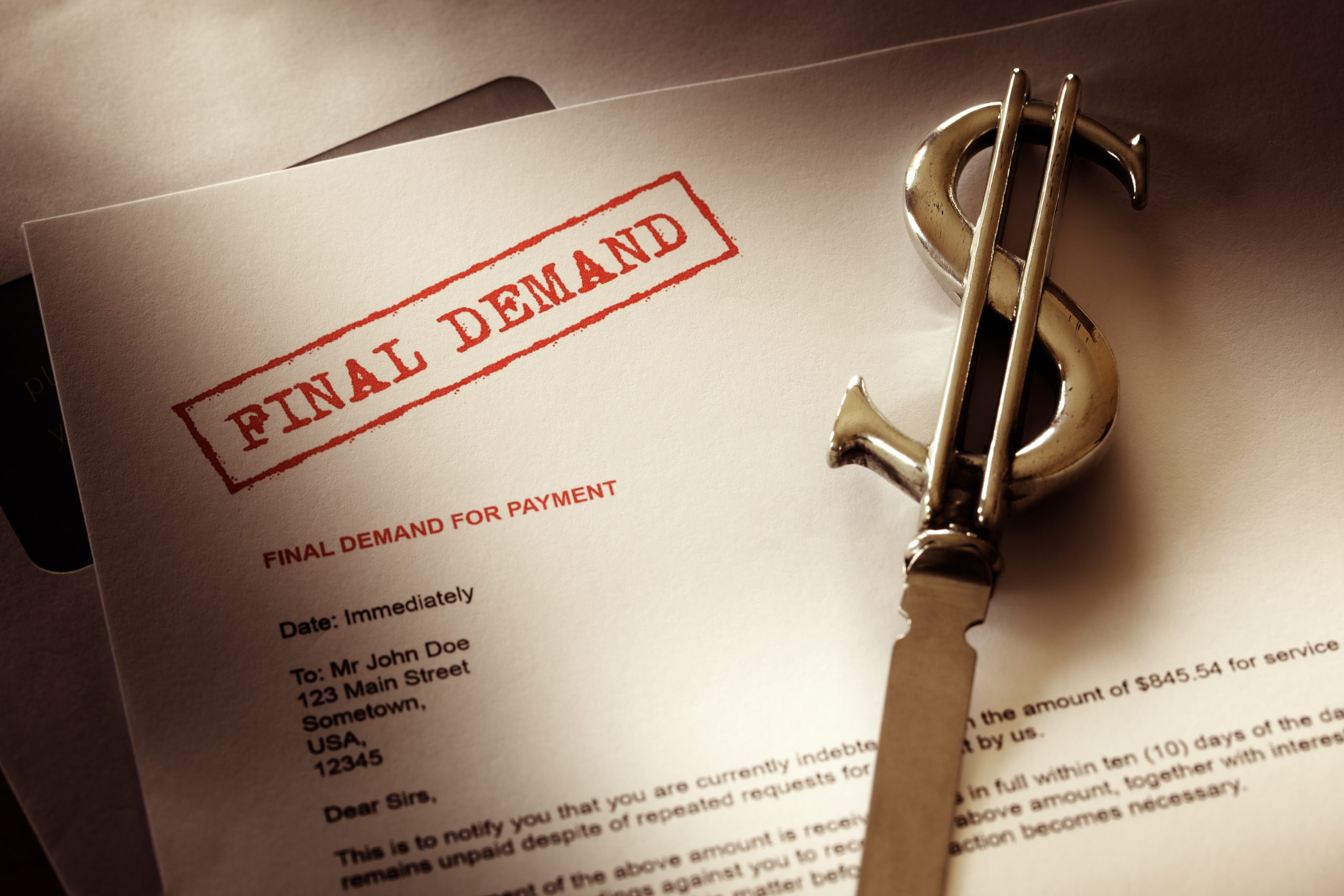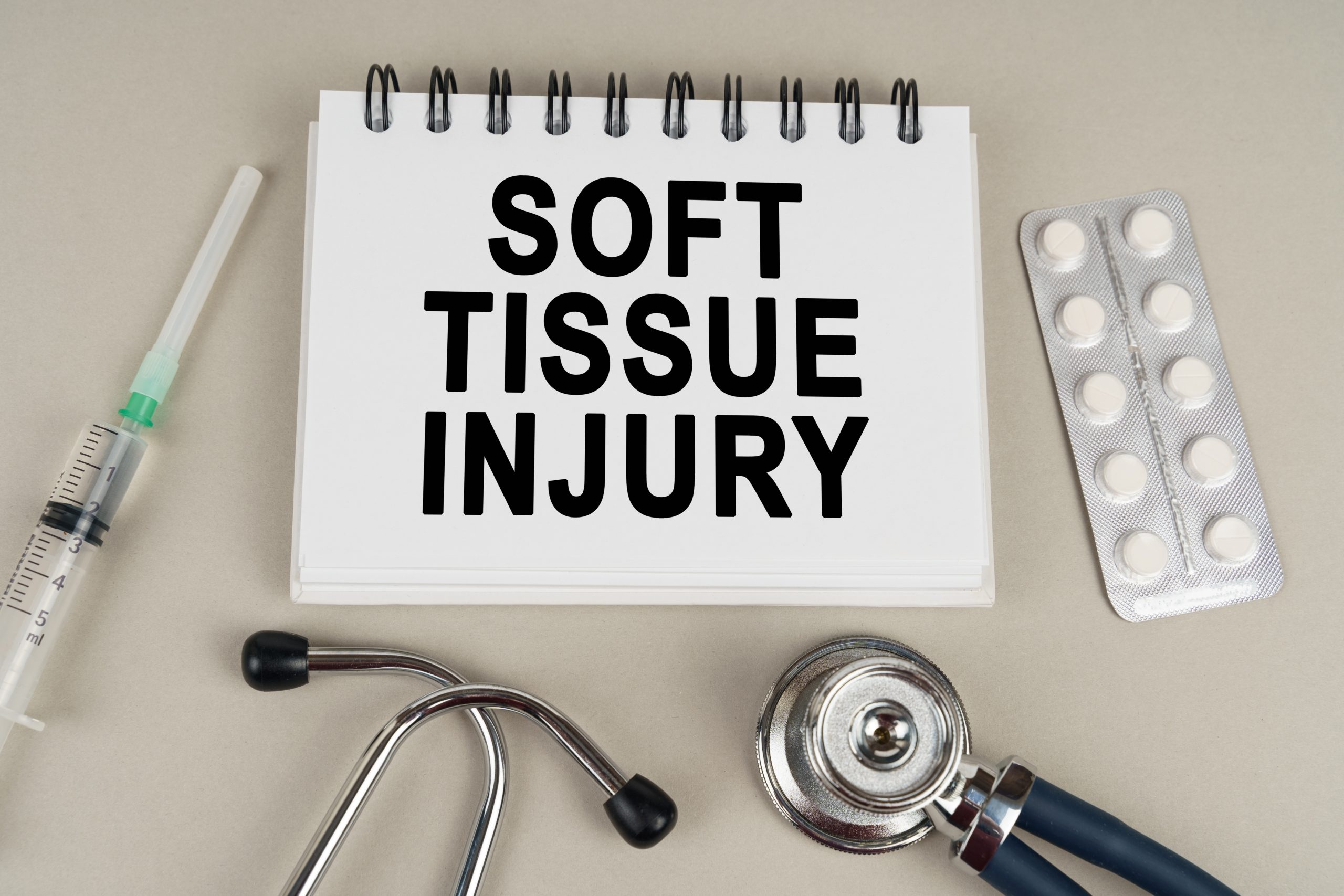If you get injured in any type of accident, recovering the compensation you deserve can be a challenge. One of the first steps in pursuing financial restitution is submitting an effective settlement demand letter to the correct insurance carrier. Your demand letter should be concise, compelling, and convincing for the best possible results.
What Is a Demand Letter?
A demand letter is the layperson’s version of a legal complaint. In it, you state what your dispute is, your harms and losses, and why you want to handle it in court. The demand letter must also contain the amount for which you are suing or the specific relief you seek. You submit this letter to the person with whom you have the dispute or the representative or adjuster for the other party’s insurance carrier.. While you do not need legal drafting experience to compose a demand letter, it should be clear and well organized. You will want to give a brief history of the dispute. Explain why there has been no agreement so far and your grounds for seeking compensation. Be polite and specific about what you want and what your next step will be if the problem is not resolved. If you are willing to accept a settlement, say so. If not, make that clear as well. Let the other person know that if you are not able to come to an agreement, your next steps will be escalating the matter and filing a lawsuit.
Components of a Formal Demand Letter
A good demand letter follows an orderly progression that tells the insurance company representative, or claims agent the following: who you are, how you were injured, the damages you sustained, who should pay for your damages, and the amount of money you demand for compensation.
Letter Heading: The heading will have information about you, the insured, the claim, and the reason for your letter.
Presentation of Facts: In the body of the letter, layout your facts clearly and concisely. After the salutation, begin by explaining the events that led up to your injuries. Then give a step-by-step description of the events that came together to cause the accident. Provide as much detail as you can. To avoid any technical arguments from the adjuster, you can use “approximate” language. For example, instead of saying, “Thursday at 4:03 pm,” you would say, “Thursday at about 4 pm.” This prevents the insurance company from denying your claim due to an incorrect time.
Description of Damages: The next step in your injury demand letter is an accounting of your damages. These include your hard costs, called “special damages” and your intangible losses, called “general damages.” Write this as if you were walking the adjuster through every step along your road to recovery. Clearly relate the levels of pain and discomfort you experienced. Hard costs are damages you can prove with tangible evidence, like medical bills, lost wage statements, and receipts for medications. Intangible losses cannot be objectively measured, so you will need to use vivid and descriptive language. This is the part of the demand letter where you emphasize the pain and suffering you experienced, often called “general damages.” Include specific details that show how your life was altered, such as canceling a vacation or an important business trip, or not being able to attend an important family event. Relate how the effects of prescription medication or the injuries themselves prohibited you from normal daily functions, and how you had to rely upon others. You can even describe relationships that were strained due to the limitations of your injuries.
In addition to listing your tangible and intangible damages, communicate to the adjuster that:
- You never asked for these injuries and all the resulting problems
- You had neither the time nor the desire to be laid up for weeks, having to miss work and endure constant pain
- You loathe the emotional toll the accident has taken on your relationships
Liability: Although it may be understood between you and the adjuster, never take the insured’s liability for granted. In this part of the letter, you must bring all the facts together to show that your injuries happened because of the insured’s negligence, and through no fault of your own.
Compensation: Personal injury claims ultimately come down to money. Your next step in the demand letter is to detail the specific amounts of money you are demanding for all your special damages and general damages.
How Long Should the Letter Be?
There is no minimum or maximum length for a demand letter. However, aim to keep the letter concise and to the point. It should only be long enough to clarify your intent. A letter that gets to the point will show your opponent that you are serious about the lawsuit. It will also help the court clerk and the judges who are extremely busy. The less you give them to read, the better it will be for your case.
What Happens if the Defendant Does Not Reply to a Demand Letter?
If you do not get a response after sending your demand letter, you should be prepared to take further action. Depending on your situation, this could mean filing a lawsuit or preparing for mediation and discovery. If you choose to proceed with filing a lawsuit, be sure to research the process and understand what is involved in the lawsuit. Depending on the complexity of the issue, it may be beneficial to consult a lawyer before deciding how to proceed. Mediation is another option where both parties can come together, with or without legal counsel present, to discuss their differences and try to reach an agreement that works for both sides. Whether you choose lawsuit or mediation or even opt out of pursuing any litigation at all, it is important that all potential outcomes are considered when deciding how best to move forward.



